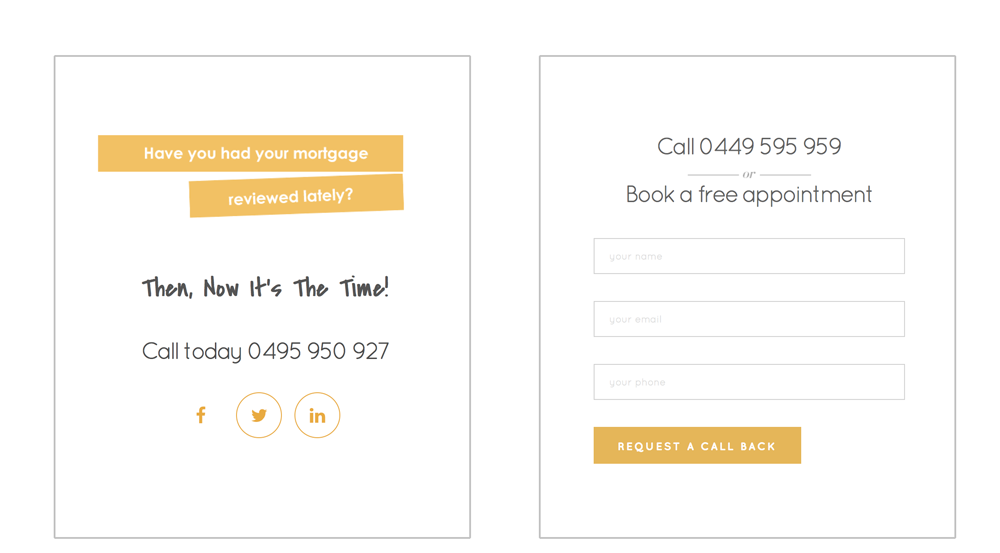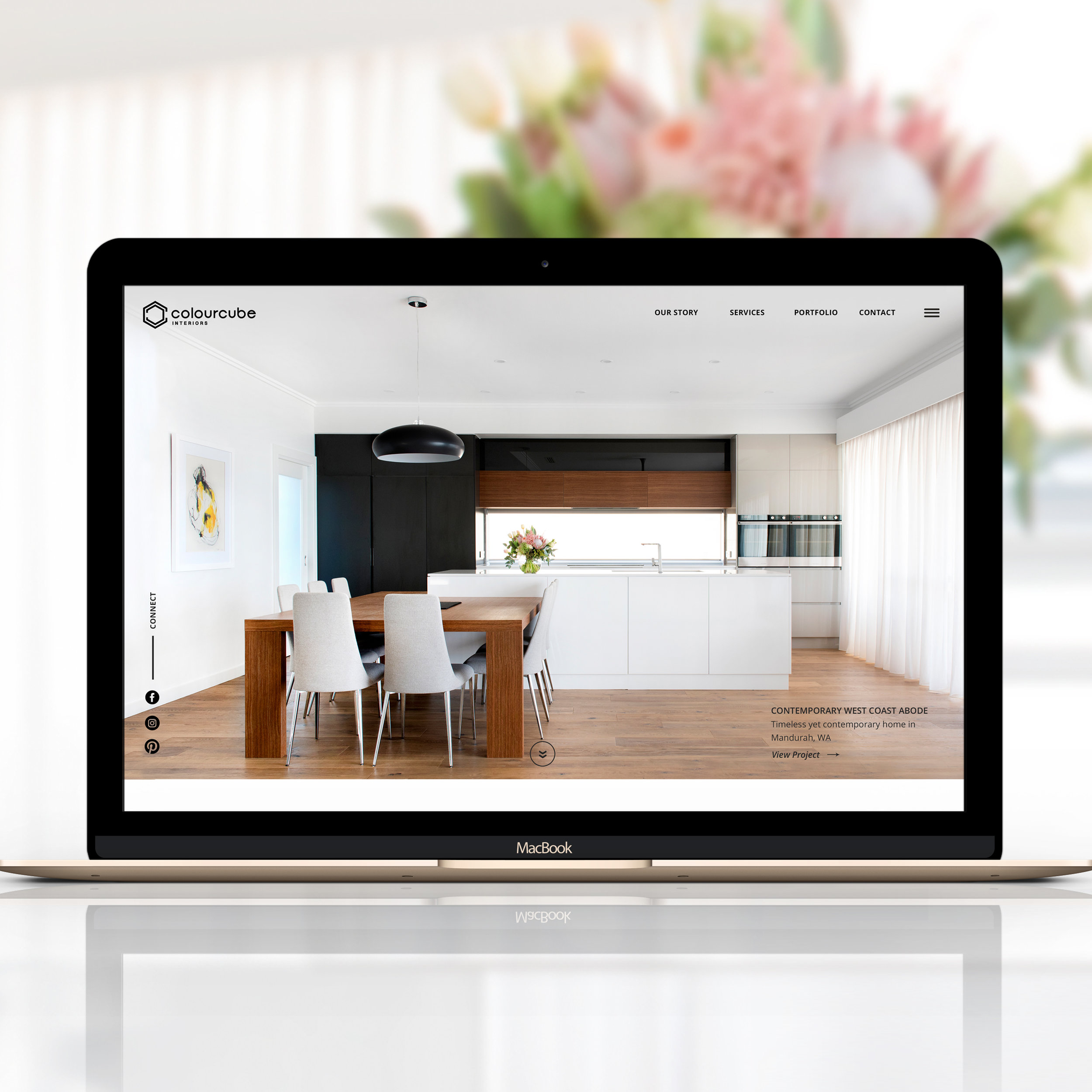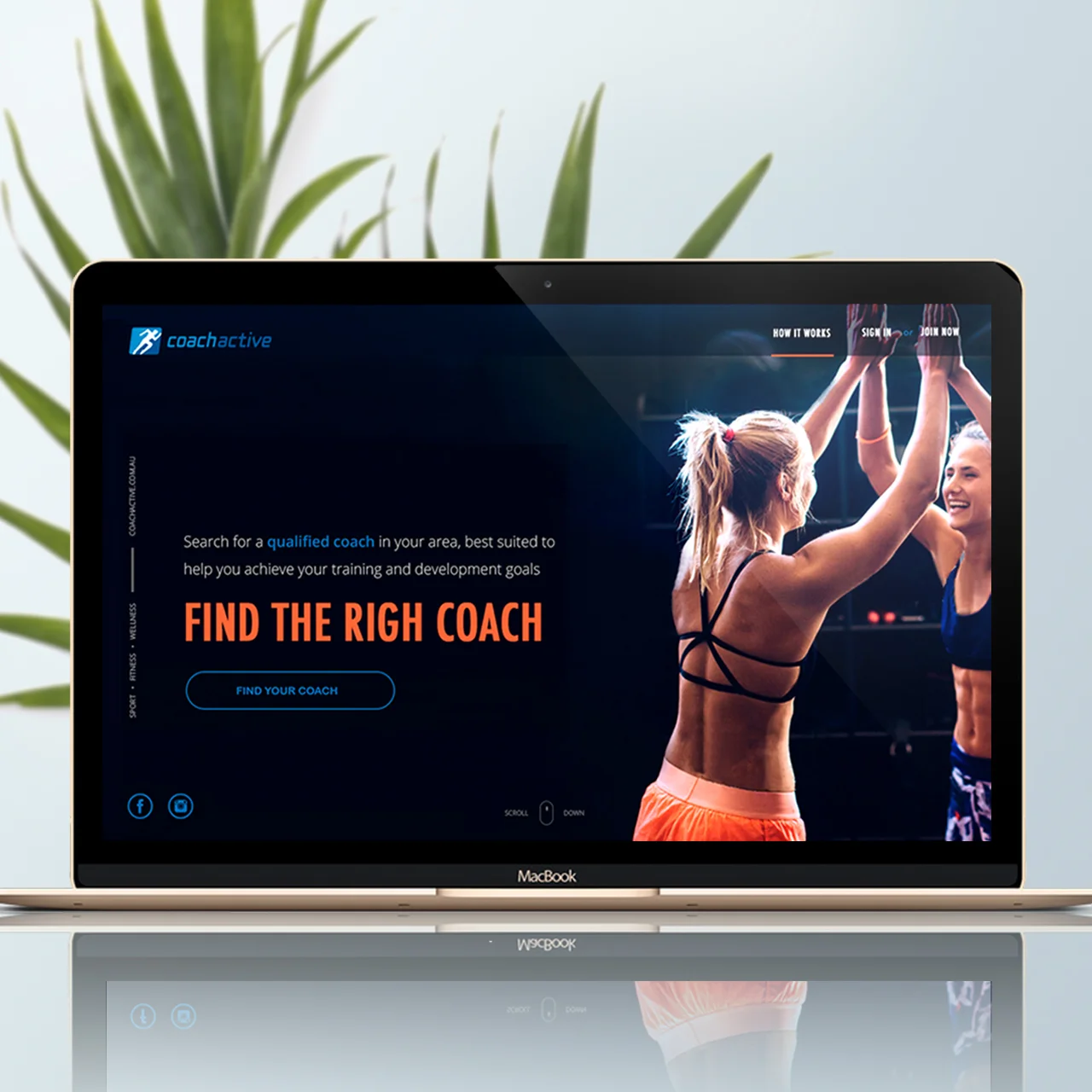Why My Website Is Not Converting
One common question that many clients and potential clients frequently ask is “why my website is not converting visitors into customers/clients?”
The conversion problem has a lot to do with your message, the way in which you deliver it through your website and its impact on your audience.
In today’s post I explain some of the most common reasons why many websites don’t convert properly and how to fix those issues by using the example of one of my latest website projects: WA Mortgage Advice Website.
Too much copywriting, too difficult to read
Your website must offer relevant information about your business. But too much information is overwhelming and will make visitors feel intimidate and leave without reading your webpage.
Writing for the web is completely different than writing an essay or a paper. Website copy must be scannable, actionable and shareable.
- Scannable means that your visitors understand your key messages by just glancing at your web page.
- Actionable means that your content encourages people to take action.
- Shareable means that your visitors find your content useful and will share it so that others can also benefit from it.
For example…
My latest project is a mortgage broking website. The financial industry has a complex language with a lot of jargon. A clear and easy-to-read copywriting was an essential part of this website project:
For more tips on how to write for the Internet also read this article from Enchanting Marketing: Writing For The Web Vs Print .
Important information hidden below the fold
Not only it’s important how you present the information, but also where you place it. Information positioned in the upper half of a web page and so visible without scrolling down the page is what we call above the fold. Everything else is below the fold.
If visitors have to scroll down to find important details in your website, chances are that they leave without even noticing them.
Analyse your web copy and extract one key idea per page only. That idea must be positioned at the top of the web page. Further information and details can be placed after.
What are those key ideas?
- Your unique selling proposition
- Your key benefits
- Call to actions like ‘book’, ‘enquire’, ‘call’, ‘download’…
- Contact details
Tip: banners and header images should not take more than half of the screen; otherwise they will be hiding important ideas below them and below the fold.
Lack of credibility
Your website may not be encouraging trust among your visitors. Some reasons may be:
- Visually unappealing design - it’s all about creating a good first impression. A clean and well organized website design speaks about your professionalism and how much you care and invest in your business and clients.
Avoid too many colours, graphic elements or call to actions that can cause distractions and make your visitors get lost.
- Lack of contact information – for many people who search for a product/service in the Internet, location convenience is important. For many others working with people who are accessible and easy to reach when they need them is essential.
Your business address, direct phone numbers and email addresses or even an online chat app can help you gain credibility and trust among your audience.
- Lack of social proof – social media followers, reviews and client testimonials can help you build credibility in the Internet. Focus your marketing efforts on connecting to people through social media and getting feedbacks from clients and industry experts.
Lack of direction
When visitors land in your website, they don’t know what they have to do. You have to show them the path, indicate what comes next and what they should do while visiting your site. How? With call to actions.
A call to action is an invitation to interact with your site by:
- Signing up for a newsletter
- Downloading information
- Making appointments/bookings
- Getting a quote
- Etc…
The more they interact with your website the better will get to know your business.
Lack of attraction and engagement
Relationships are key for any business success, and especially to sell services. Visitors who are in need of your services want to know you first before hiring you.
How do you build a relationship in the Internet? Engaging your visitors through social media, newsletter sign-up forms, blog and comments and everything else that allows you to keep conversations and communicate with your visitors after leaving your site.
In this other post I explain how to grow your business by building relationships.
Tip: proof you’re willing to help not just to sell, but by answering questions in social media and blog posts, and offering free tips, free first consultations, etc.
Wrong message, wrong keywords
Another common reason of poor conversion is often the message itself. Being too generic, trying to appeal a broad audience or offering too many services can confuse the audience or make them leave your website with the feel that you are just ‘another one’.
But being too generic and too broad also has another consequence: poor keyword strategy. If your keywords are too wide, you may be leading a lot of traffic to your site, but only a small percentage of those visitors are actually potential clients.
To avoid this you must:
- Find what makes you different and unique and highlight this differentiation in your home page, above the fold.
- Be specific, target a niche and narrow your offer to only those services that you know best.
- Focus on long tail keywords that are more specific and have less competition in search engines.
For example, if my client, a mortgage broking business, focused on generic keywords like ‘mortgage’, there is so much competition already for that word that chances are that he will never get noticed. Instead we focused on long tail keywords like ‘First home loan advice’.
Wrap-Up
In conclusion, conversion rates have a lot to do with your website copywriting. Learning to write for the Internet can improve significantly your leads and opportunities obtained through your website.
















The brief was to create an immersive experience that highlighted the product’s innovative features and demonstrated its real-world applications. The outcome was a sleek booth with modern aesthetics and engaging visuals to deliver a memorable brand experience in a popular Australian tech expo.